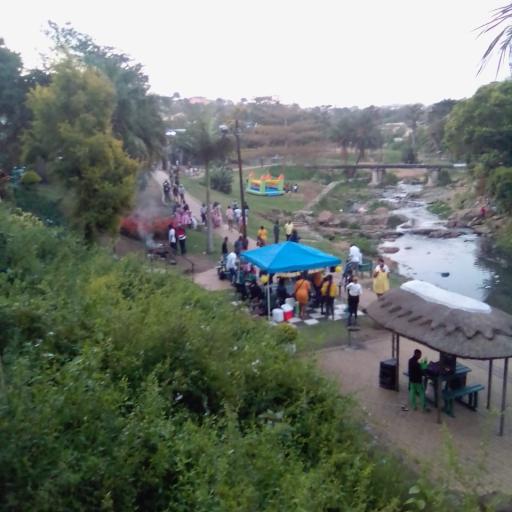

In this knowledge file you can read about the Creative Cities are Safer Cities initiative. This initiative aims to contribute and link to the objectives of the UN Safer Cities Programme, in particular to models where community ownership and management is involved.
We aim to mobilize and empower creativity by establishing Urban Living Labs in which designers, innovators, artist and entrepreneurs collaborate to arrive at frugal solutions that enhance safety and security in their own towns and cities.
This initiative has been made possible in consortium with African entrepreneurs and communities, International Housing and Urban Development Studies (IHS) and What Design Can Do (WDCD).
Keywords: Africa, Nairobi, Durban, frugal innovation, UN Safer Cities Programme, urban living labs, community ingenuity, informal sector, creative industry.
Project Description
The initiative departs from the idea that besides good urban governance, management and planning, creativity is key to arrive at safer cities, in particular the creativity that is vested in and can be found among creative like designers, innovators, and entrepreneurs who in many cases work and live in the informal sector in unsafe and insecure neighbourhoods.
By collaborating with local creatives we aim to arrive at frugal solutions that improve safety and security. By frugal solutions we mean solutions that fit the resource constrained environment of the neighbourhoods in which many (low income) people in mega cities in the Global South live. The creators can be from the neighbourhood, city or from outside the city, as long as they aim to derive solutions that are locally applicable and acceptable.
Creativity is not only about designing technologically innovative products which physically or digitally improve safety. It is also about social design, whereby innovative social actors, institutions and network arrangements ensure that the (frugal) solutions are accepted, appropriated and applied in the environments for which they have been designed and developed.
What is Frugal Innovation?
Frugal innovation is a product development and production strategy that brings relatively sophisticated products, services and systems in a responsible way within the reach of the billions of poorer and emerging new middle class consumers at the Middle and Bottom of the Income Pyramid.
Due to price sensitivity of the large numbers of consumers in the lower-income groups in the global south the turnover can only increase by redesigning products and services in such a way that the end-result answers to the demand for affordability and the wish for context-specific product traits.
Frugal Innovations are innovations for resource constrained environments that can be placed on the junction of affordability and ‘good enough quality’, while still having basic functionality. This necessitates the explicit inclusion of local ethical and social values in the design and production. Co-designing and co-producing with local entrepreneurs is very important.
Opportunities
A problem for innovation in megacities in the Global South is that good, reliable infrastructures for electricity, water, communication and transportation are often lacking. Frugal innovations provide opportunities to skip (leapfrogging) the phase of copying the ‘heavier’ infrastructures in the developed world.
By for example using the latest mobile technology more decentralised, potentially cheaper and more efficient systems are in their reach which also have potential in European markets. The challenge is not simply to provide stripped down versions of Western products to poorer consumers, but instead to provide locally better fitting, cheaper alternatives without sacrificing user value. One of the elements to make frugal innovation a success is to make it inclusive, so that it fits into the local, resource constrained environment in developing countries.
This is also where the urban governance, planning and management initiatives by urban authorities come into play. These need to be conducive to initiatives and frugal solutions which come from inside communities and neighbourhoods, also in order to be effective. Creativity thus addresses local needs, but also links bottom-up initiatives to top-down planning and to upscale.
Action Learning Cases
How can creative cities contribute to safer cities?
By studying a number of concrete cases, the research team in this initiative - which includes specialists on urban safety, living labs, creativity and frugal innovation – promotes the research that investigates how creative cities can contribute to safer cities and aims to set up a Living Lab in collaboration with urban authorities and (impact) investors that enable local creative (designers, innovators, entrepreneurs) to create and develop (frugal) solutions that will enhance safety and security in Durban and Nairobi, South Africa.
DTL







